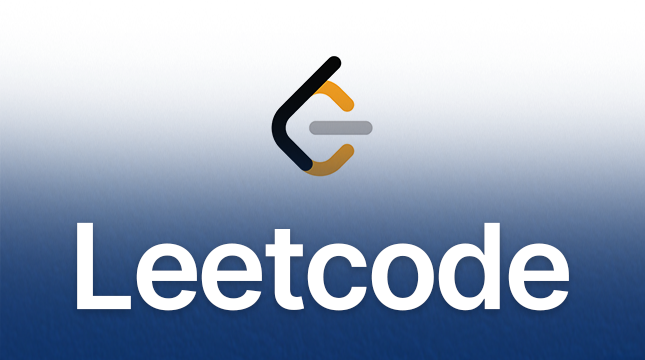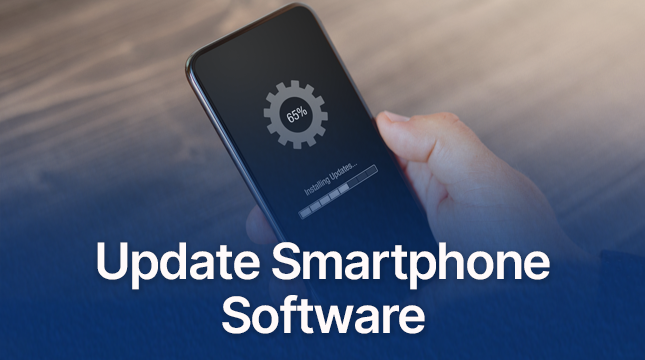This website uses cookies so that we can provide you with the best user experience possible. Cookie information is stored in your browser and performs functions such as recognising you when you return to our website and helping our team to understand which sections of the website you find most interesting and useful.
Everything You Need to Know About /portal.php: Features, Benefits, and Best Practices
In the dynamic world of web development, creating a seamless user experience is paramount. One critical element that often gets overlooked is the portal page, commonly referred to as portal.php. This page serves as a gateway to various resources and functionalities on a website, streamlining access and improving navigation. In this blog, we will explore the significance of portal.php, its key features, and how to optimize it for the best user experience.
What is /portal.php?
portal.php is a script commonly used in web applications to create a central hub or dashboard for users. This portal page can aggregate various resources, tools, and links, providing a one-stop shop for users to access different parts of the website. It is particularly useful in environments where users need to manage multiple tasks or access different sections of the site frequently.
Key Features of /portal.php
- User authentication and personalization:
- portal.php often incorporates user authentication to ensure that only authorized users can access the portal.
- Once authenticated, users can see personalized content, such as their recent activities, notifications, and recommended resources.
- Centralized Navigation:
- The portal page acts as a centralized navigation hub, providing links to various sections of the website. This makes it easier for users to find what they need without having to navigate through multiple pages.
- Dashboards and Widgets:
- portal.php can feature customizable dashboards and widgets, allowing users to see relevant information at a glance. Common widgets include recent activity, messages, task lists, and quick links.
- Integration with Other Systems:
- A well-designed portal.php can integrate with other systems and services, such as email, calendars, and document management systems. This integration enhances productivity by providing users with a unified interface.
- Responsive Design:
- Ensuring that portal.php is responsive is crucial for providing a consistent user experience across different devices, including desktops, tablets, and smartphones.
Best Practices for Optimizing /portal.php
- User-Centric Design:
- Focus on creating an intuitive and user-friendly design. Conduct user research to understand the needs and preferences of your audience and tailor the portal accordingly.
- Performance Optimization:
- Ensure that the portal page loads quickly by optimizing images, scripts, and other resources. Slow loading times can frustrate users and reduce the overall effectiveness of the portal.
- Security Measures:
- Implement robust security measures to protect user data and ensure that only authorized users can access the portal. Use HTTPS, secure authentication methods, and regular security audits.
- Customization and Flexibility:
- Allow users to customize their portal experience by adding or removing widgets, rearranging elements, and selecting their preferred themes. This personalization can increase user engagement and satisfaction.
- Regular Updates and Maintenance:
- Keep the portal updated with the latest features and improvements. Regularly review user feedback and analytics to identify areas for enhancement.
Implementing /portal.php: A Step-by-Step Guide
- Setup and Configuration:
Begin by setting up the necessary environment and configurations for your portal.php. This includes server setup, database connections, and security configurations. - User Authentication:
Implement a secure authentication system to manage user logins. This can be done using sessions, tokens, or OAuth depending on your requirements. - Design and Layout:
Design the layout of your portal, focusing on ease of navigation and accessibility. Use a responsive design framework to ensure compatibility with different devices. - Feature Integration:
Integrate the essential features and widgets into your portal. This may include activity feeds, task lists, notifications, and links to other sections of the website. - Testing and Deployment:
Thoroughly test your portal.php to identify and fix any issues. Once you are confident in its functionality and performance, deploy it to your live environment.
Conclusion
portal.php is a vital component in creating a cohesive and efficient user experience on your website. By centralizing access to various resources and tools, it enhances productivity and user satisfaction. Implementing and optimizing portal.php requires careful planning and attention to detail, but the benefits it offers make it a worthwhile investment. Follow the best practices outlined in this guide to create a portal that meets the needs of your users and stands out in today’s competitive digital landscape.
Whether you are a developer, a business owner, or a web designer, understanding the importance and functionality of portal.php can significantly impact the success of your web projects. Start optimizing your portal today and take your web experience to the next level!

Let's Start Your Project
Get free consultation for your digital product idea to turn it into reality!
Get Started






